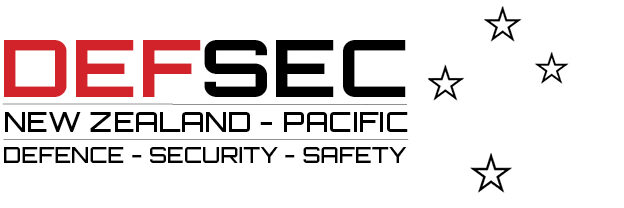
The New Zealand Defence Force’s ageing maritime helicopters will be replaced to increase the defensive and offensive capability and surveillance range of New Zealand’s frigates, Defence Minister Judith Collins announced yesterday.
“The replacement of the Seasprite helicopters will also extend the Navy’s ability to support non-combat tasks such as humanitarian assistance and disaster relief,” said Ms Collins.
“Together with a $957 million investment in Defence Force activities, personnel and estate, the $2 billion plus budgeted to replace the helicopters represents the first tranche of the Government’s $12 billion of planned commitments to upgrade the Defence Force over the next four years,” she said.
“I will have more to say about investments in the coming year at the Budget.”
According to the Defence Minister, Defence personnel need the right equipment and conditions to do their jobs in the face of rapidly increasing global tensions.
“It is very clear that New Zealand is not immune from the increasing tensions being felt throughout the world.”
“There is no economic security without national security,” she said.
“As a maritime nation we are prioritising naval capability. The new helicopters will be able to go further and carry larger loads, including weapons, personnel and equipment – all of which is critical for Defence to protect New Zealand and New Zealanders.
A business case for the new helicopters will be considered by Cabinet at some point in 2025. although, according to the Minister, yesterday’s announcement confirms that the $2 billion to pay for them has been put aside.
The $957 million investment in Defence Force activities, personnel and estate, equates to $239m a year over four years.
“Our personnel are being called upon to go more places, more often and for longer to play New Zealand’s part in contributing to global security,” said Ms Collins. “This funding will enable them to do that.”
The $239m per annum will be added to existing baseline expenditure, with an additional $30m of workforce savings from voluntary redundancies undertaken in 2024, restructuring of the civilian workforce, contractors becoming employees, and continued reductions in contractor spending.
Activities that will be included under the $957 million injection include:
- An additional $1m in short term funding (not annual) to enable Veterans’ Affairs to process and manage applications for support from Veterans.
- $150m each year ($600m for four years) for our Navy, Air Force and Army personnel to fly, sail, patrol and train more often.
- $39m each year ($156m over four years) for military allowances.
- $20m each year ($80m over four years) for international deployments.
- $26m ($104m over four years) for critical estate maintenance.
- $15m ($60m over four years) to maintain NZDF’s digital and information capability.
- $8m ($33m over four years) to provide for civilian staff pay increases.
- $3m ($11m over four years) for essential engagement with international partners.
- $8m ($32m over four years) to support military organisational support functions (such as courses and educational resources and defence sport).
“It is very clear that New Zealand is not immune from the increasing tensions being felt throughout the world,” Ms Collins said. “Today’s announcement sets us on our path for defence spending to reach two percent of GDP by 2032/33.”
“This is just the beginning as we work with our coalition partners New Zealand First and ACT to give our Defence Force the tools to enable New Zealand to increasingly step up both domestically and internationally,” she said.
“We will pull our weight.”





